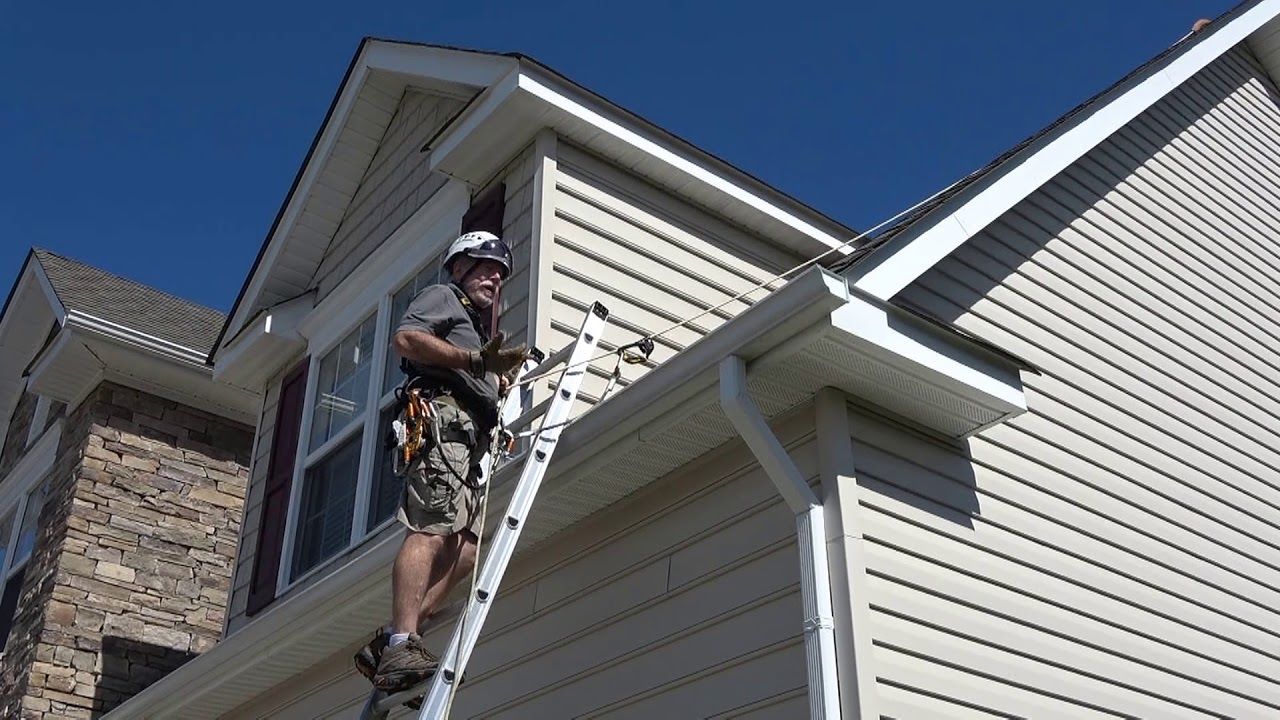

Articles
How To Descend A Roof Using A Ladder
Modified: February 22, 2024
Learn the safest and most effective way to get off a roof with a ladder. Read our articles for step-by-step instructions and expert tips.
(Many of the links in this article redirect to a specific reviewed product. Your purchase of these products through affiliate links helps to generate commission for Storables.com, at no extra cost. Learn more)
Introduction
When it comes to working on rooftops or even just accessing them, having a reliable and safe method of getting up and down is crucial. One of the most common and practical tools for this purpose is a ladder. Whether you need to conduct repairs, clean the gutters, or retrieve an item, knowing how to use a ladder effectively can make the task much easier and safer.
In this article, we will discuss the proper techniques for getting off a roof using a ladder. We will cover important aspects such as choosing the right ladder, setting it up correctly, descending safely, alternative methods for descending, and important safety precautions to keep in mind. By following these guidelines, you will be able to navigate your way down from the roof with confidence and minimize the risk of accidents or injuries.
Before we delve into the details, it’s important to note that working on a roof can be dangerous, especially if you’re not experienced or trained in proper safety procedures. Always assess the risks involved and consider hiring a professional for tasks that may be beyond your expertise or comfort level. Additionally, adhere to any local codes or regulations that pertain to roof access and safety. Now, let’s get started on understanding how to get off a roof using a ladder.
Key Takeaways:
- Choose the right ladder: Consider type, height, weight capacity, and material for stability and safety when descending from a roof. Proper setup and alternative methods are also crucial for a secure descent.
- Prioritize safety: Regularly inspect the ladder, wear appropriate footwear, and be mindful of weather conditions. Communicate and seek assistance if uncertain, and know your limitations. Always prioritize safety above all else.
Read more: How To Use Ladder On Roof
Choosing the Right Ladder
When it comes to choosing the right ladder for getting off a roof, there are a few key factors to consider. These include the type of ladder, its height and weight capacity, and the material it’s made from.
Firstly, the type of ladder you choose will depend on the nature of the task and the roof’s architecture. The two most common types of ladders used for accessing rooftops are extension ladders and step ladders.
Extension ladders are designed to reach higher heights and are suitable for buildings with multiple stories. They consist of two sections that can be extended or collapsed using a pulley or locking mechanism. On the other hand, step ladders are self-supporting and have a fixed height. They’re ideal for single-story buildings or when you don’t need to reach a great height.
Next, consider the ladder’s height and weight capacity. The ladder you choose should be long enough to reach the roof without requiring excessive leaning or stretching. Keep in mind that you should always maintain at least three feet of Ladder height extending above the roofline for stability and safety. Moreover, ensure that the ladder’s weight capacity is sufficient to support your weight along with any tools or materials you may be carrying.
Lastly, consider the material of the ladder. The most common materials used for ladders are aluminum and fiberglass. Aluminum ladders are lightweight and rust-resistant, making them easy to maneuver and durable. Fiberglass ladders offer better insulation and are non-conductive, making them a safer choice when working near electrical sources. Consider the environment and the conditions under which you’ll be using the ladder to make the right choice for your needs.
Overall, when choosing a ladder, take into account the type, height, weight capacity, and material. Selecting the appropriate ladder will ensure stability, ease of use, and safety when ascending and descending from the roof.
Setting up the Ladder
Properly setting up your ladder is essential for ensuring stability and safety while descending from a roof. Follow these steps to set up your ladder correctly:
- Choose a stable location: Look for a flat and level surface where you can safely place the base of the ladder. Avoid placing it on uneven or slippery surfaces. If necessary, use a ladder stabilizer or levelers to secure the ladder and maintain stability.
- Position the ladder at the correct angle: The ladder should be positioned at a 75-degree angle or where the base of the ladder is one-quarter of the working length away from the wall or edge of the roof. To test the angle, stand facing the ladder with your toes touching the ladder’s feet. Extend your arms straight out in front of you, and your palms should touch the rung at shoulder height.
- Secure the ladder: Make sure the ladder is securely locked in place before climbing. If using an extension ladder, ensure that the rung locks are engaged, and the ladder is fully extended and locked. Double-check the stability by giving the ladder a gentle shake before placing your weight on it.
- Secure the top of the ladder: If possible, secure the top of the ladder by tying it securely to a stable point on the roof or using ladder brackets. This will provide additional stability and prevent the ladder from slipping or moving when you descend.
- Consider using ladder accessories: Using ladder accessories such as ladder mitts or rubber feet can enhance stability and prevent the ladder from sliding. Additionally, you can place a ladder stabilizer at the top to create a wider base of support and increase stability.
Remember, safety should always be your top priority when working at heights. Take the time to set up the ladder correctly to minimize the risk of accidents or falls. If you’re unsure about the setup or if the conditions are unsafe, don’t hesitate to seek professional assistance or guidance.
Climbing Down Safely
Descending from a roof using a ladder may seem straightforward, but it’s important to follow proper techniques to ensure your safety. Here are the steps to safely climb down from a roof:
- Face the ladder: Position yourself at the edge of the roof, facing the ladder. Make sure you have a clear view of the ladder and the rungs.
- Maintain three points of contact: As you descend, always maintain three points of contact with the ladder. This can be achieved by having two hands and one foot or two feet and one hand on the ladder at all times. This technique ensures stability and minimizes the risk of slipping or losing your balance.
- Step down one rung at a time: Slowly and carefully step down one rung at a time, placing your foot fully on each rung before moving to the next one. Avoid skipping rungs or making sudden movements that could throw off your balance.
- Use the ladder’s side rails for support: As you descend, hold onto the ladder’s side rails for additional support and stability. Avoid leaning too far to either side which could cause the ladder to tip over.
- Keep your body centered: Make sure your body weight is evenly distributed on the ladder and centered between the side rails. This helps maintain balance and reduces the chances of the ladder tilting or wobbling.
- Focus on your footing: Pay close attention to where you place your feet on the ladder rungs. Ensure that each foot is firmly planted on the rung and that the ladder remains stable before shifting your weight to the next step.
Take your time when descending from a roof and be cautious of your movements. Rushing or making sudden movements can increase the risk of slips, falls, and injuries. If you have any fear or discomfort while climbing down, consider seeking assistance from someone experienced or a professional who can provide additional support and guidance.
Always prioritize safety and take the necessary precautions to avoid accidents. Climbing down safely is just as important as ascending. By following these guidelines, you can ensure a smooth and secure descent from the roof using a ladder.
When using a ladder to get off a roof, make sure the ladder extends at least 3 feet above the roof edge for stability. Descend facing the ladder, using three points of contact at all times.
Alternative Methods for Descending
While using a ladder is the most common and practical method for descending from a roof, there may be situations where alternate methods are necessary or preferred. Here are a few alternative methods for descending safely:
- Roof access hatch or door: If your roof has an access hatch or door, you may be able to descend through it, provided it is easily accessible and safe to use. Make sure the access point is sturdy and secure before using it as an alternative descent method.
- Using a rope and harness: If the roof is too steep or inaccessible for a ladder, you may need to use a rope and harness system for descending. This method requires proper knowledge and training in rope work and should only be attempted by individuals with the necessary skills and equipment. Ensure that the rope and harness are in good condition and properly secured to a stable anchor point.
- Descending with the assistance of another person: If you feel uncomfortable descending alone or if the roof is particularly steep or hazardous, having someone assist you in descending can provide an extra level of safety. The person below can help guide and support you during the descent, ensuring a controlled and secure descent.
- Using a controlled descent device: In certain situations, a controlled descent device, such as a rope descent system or a personal fall protection device, may be utilized for descending from a roof safely. These devices are designed to provide a controlled and gradual descent while maintaining optimal safety. It is crucial to receive proper training and use approved equipment when employing these methods.
- Seeking professional assistance: If you’re unsure about the best method for descending from a roof or if the situation poses a significant risk, it’s always recommended to seek professional assistance. Professionals who specialize in roofing or working at heights will have the necessary expertise, equipment, and safety protocols to ensure a safe descent.
Remember, the choice of the descent method depends on various factors, including the roof’s architecture, accessibility, and your experience and comfort level. Prioritize your safety and choose the method that suits the specific situation best. If you are uncertain about which method to use or lack the necessary skills or experience, it is always advisable to consult a professional to assist you.
Read more: What Is A Roof Ladder Used For?
Safety Precautions
When it comes to descending from a roof using a ladder or any alternative method, it’s crucial to prioritize safety and take necessary precautions. Here are some important safety guidelines to follow:
- Inspect the ladder: Before using a ladder, thoroughly inspect it for any signs of damage, such as cracks, loose rungs, or bent parts. Ensure that all rung locks, pulleys, and hinges are in proper working condition. If you notice any issues, do not use the ladder and replace or repair it before proceeding.
- Proper footwear: Wear slip-resistant and sturdy footwear with good traction when climbing up or down a ladder. Avoid wearing loose-fitting shoes or shoes with smooth soles, as they can increase the risk of slipping.
- Check for stability: Before using a ladder, ensure that it is stable and securely positioned on a flat and level surface. Double-check that the ladder is securely locked in place and does not wobble or shift when you put weight on it.
- Weather conditions: Take into account the weather conditions before attempting to descend from a roof. Avoid working on a roof or using a ladder during strong winds, heavy rain, or icy conditions, as these can make it much more dangerous and increase the risk of accidents.
- Stay centered and balanced: Maintain your body weight between the ladder’s side rails and avoid leaning too far to either side. Keeping a centered and balanced posture ensures stability and reduces the chances of the ladder tipping over.
- Communicate and seek assistance: If you feel uncertain or uncomfortable, it’s important to communicate with someone nearby and seek assistance. Having someone present can provide an extra level of safety and support during the descent.
- Use proper lifting techniques: When carrying tools or materials up or down the ladder, use proper lifting techniques to avoid strain or injury. Lift with your legs, not your back, and ask for assistance if the load is too heavy or large to handle safely.
- Know your limitations: Be aware of your own physical limitations and do not attempt to perform tasks that are beyond your capabilities. If a job requires specific training, skills, or equipment that you do not possess, consider hiring a professional who is qualified to complete the task safely.
Remember, safety should always come first when working at heights. By following these safety precautions, you can minimize the risk of accidents and ensure a secure and successful descent from the roof.
Conclusion
Getting off a roof safely is an essential skill for anyone who needs to access rooftops for various reasons. Whether you need to conduct repairs, clean gutters, or simply retrieve an item, knowing the proper techniques for descending is crucial to ensure your safety. By following the guidelines outlined in this article, you can confidently navigate your way down from the roof using a ladder or alternative methods.
First and foremost, choosing the right ladder is key to a successful descent. Consider factors such as ladder type, height, weight capacity, and material to ensure stability and safety. Additionally, proper ladder setup is essential. Position the ladder at the correct angle, secure it to a stable surface, and make use of ladder accessories for added stability.
When climbing down, maintain three points of contact with the ladder at all times, descend one rung at a time, and use the ladder’s side rails for support. Focus on your footing, keep your body centered, and proceed with caution. If using alternative methods for descending, ensure you have the necessary skills, equipment, and training.
Always prioritize safety and take various precautions to minimize the risk of accidents. Regularly inspect your ladder, wear appropriate footwear, be mindful of weather conditions, and communicate with others for assistance and support. Remember to know your limitations and seek professional help when needed.
By following these guidelines and taking an informed approach, you can confidently and safely get off a roof using a ladder or alternative methods. Remember to always assess the risks, adhere to local codes and regulations, and prioritize safety above all else. Stay informed, stay cautious, and stay safe!
Frequently Asked Questions about How To Descend A Roof Using A Ladder
Was this page helpful?
At Storables.com, we guarantee accurate and reliable information. Our content, validated by Expert Board Contributors, is crafted following stringent Editorial Policies. We're committed to providing you with well-researched, expert-backed insights for all your informational needs.
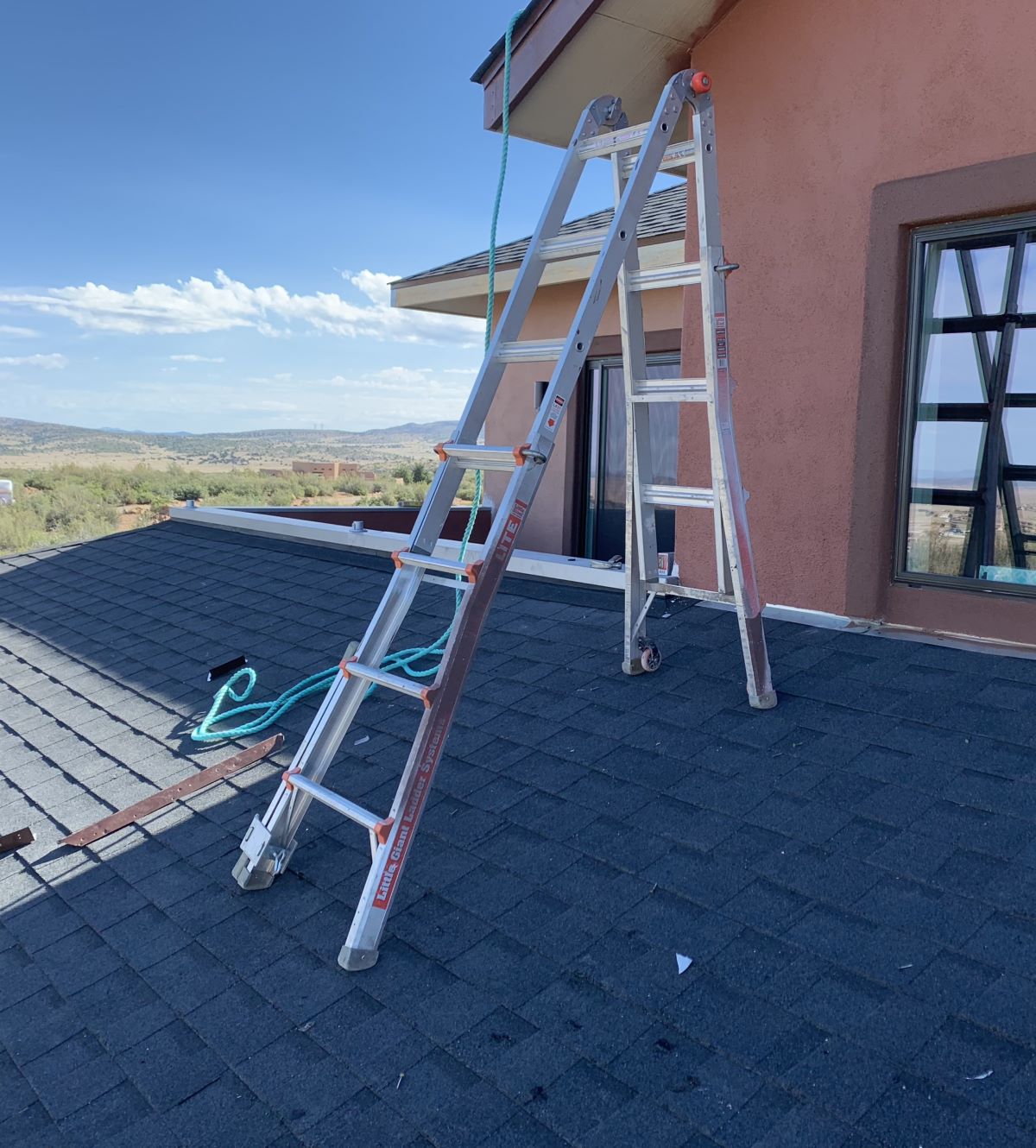
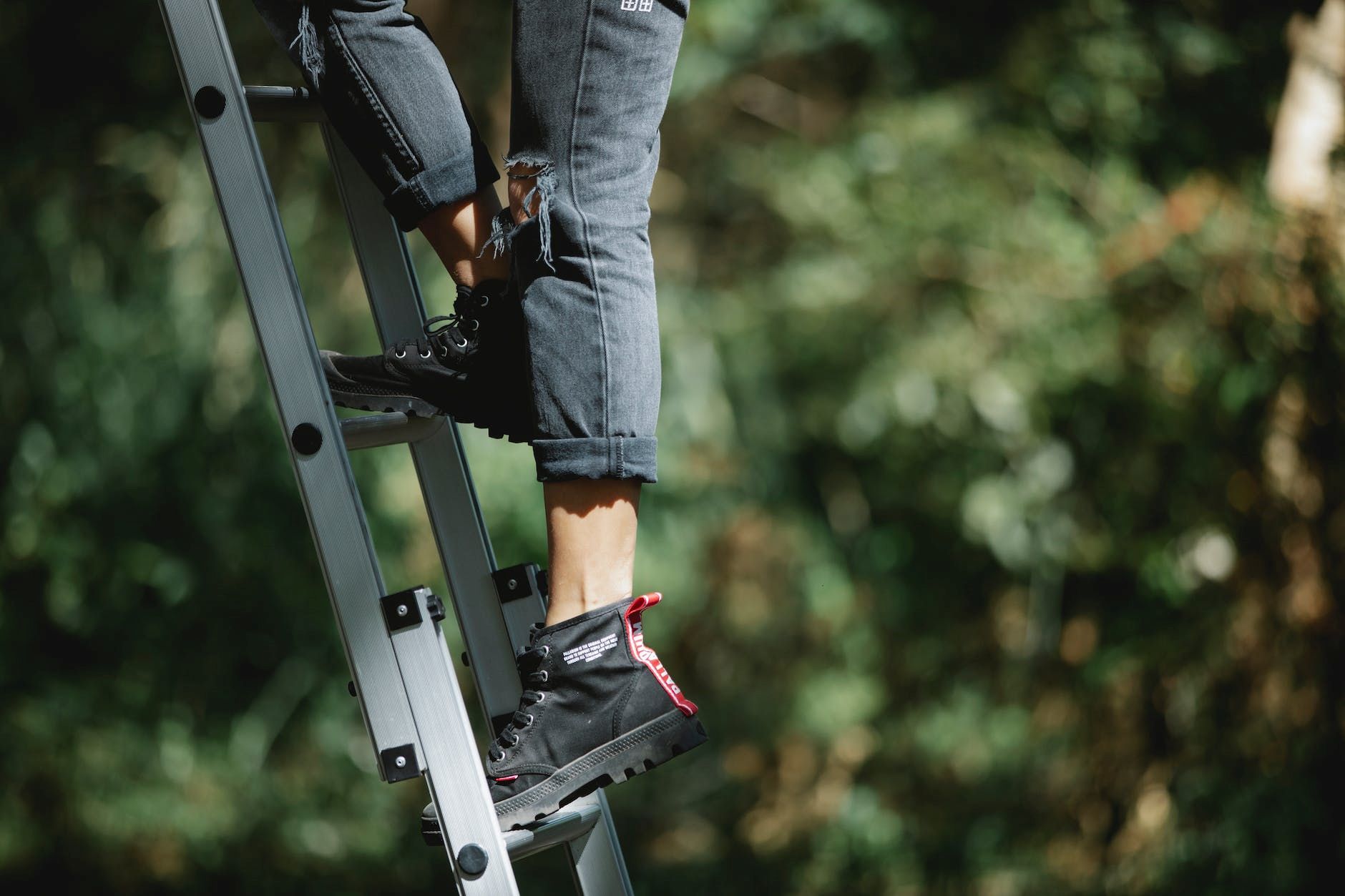
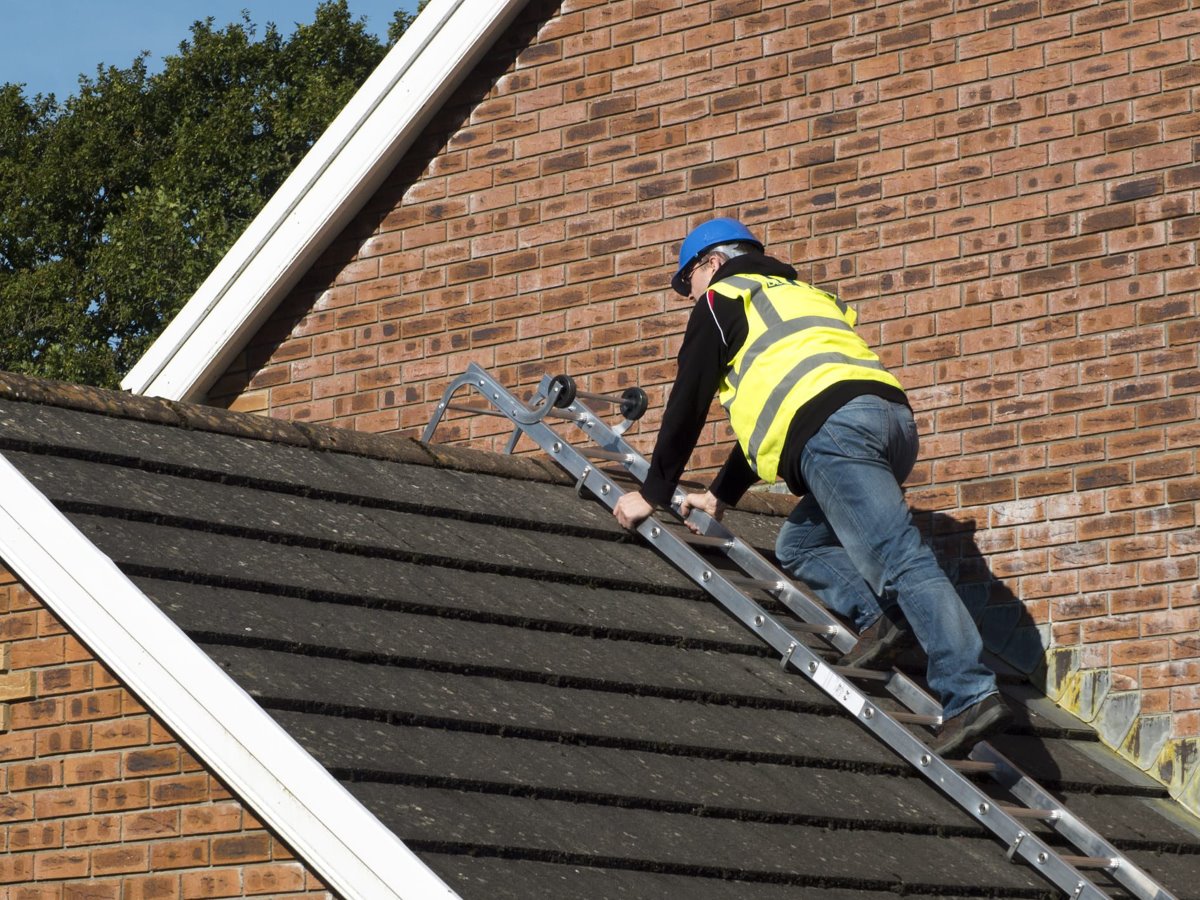
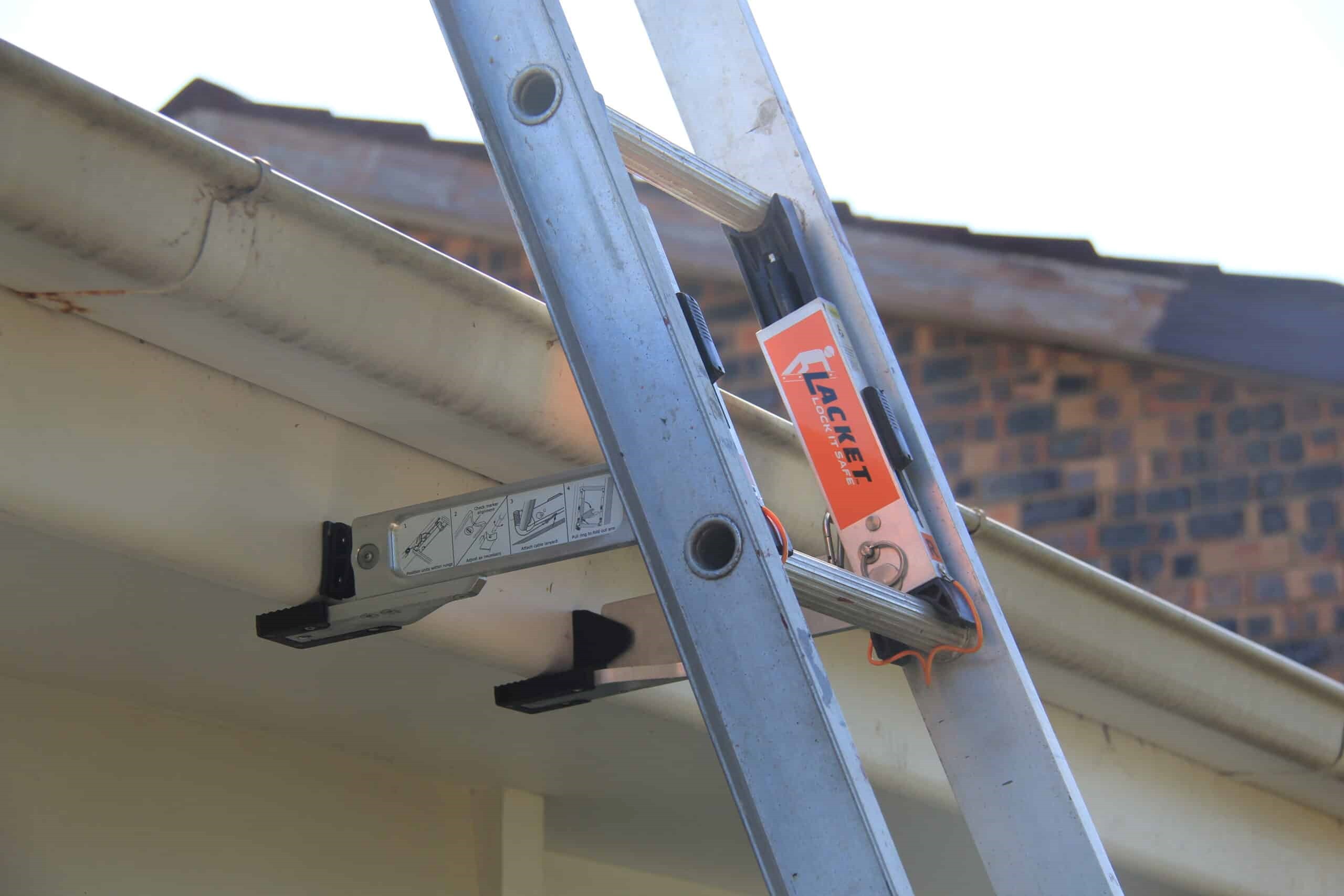
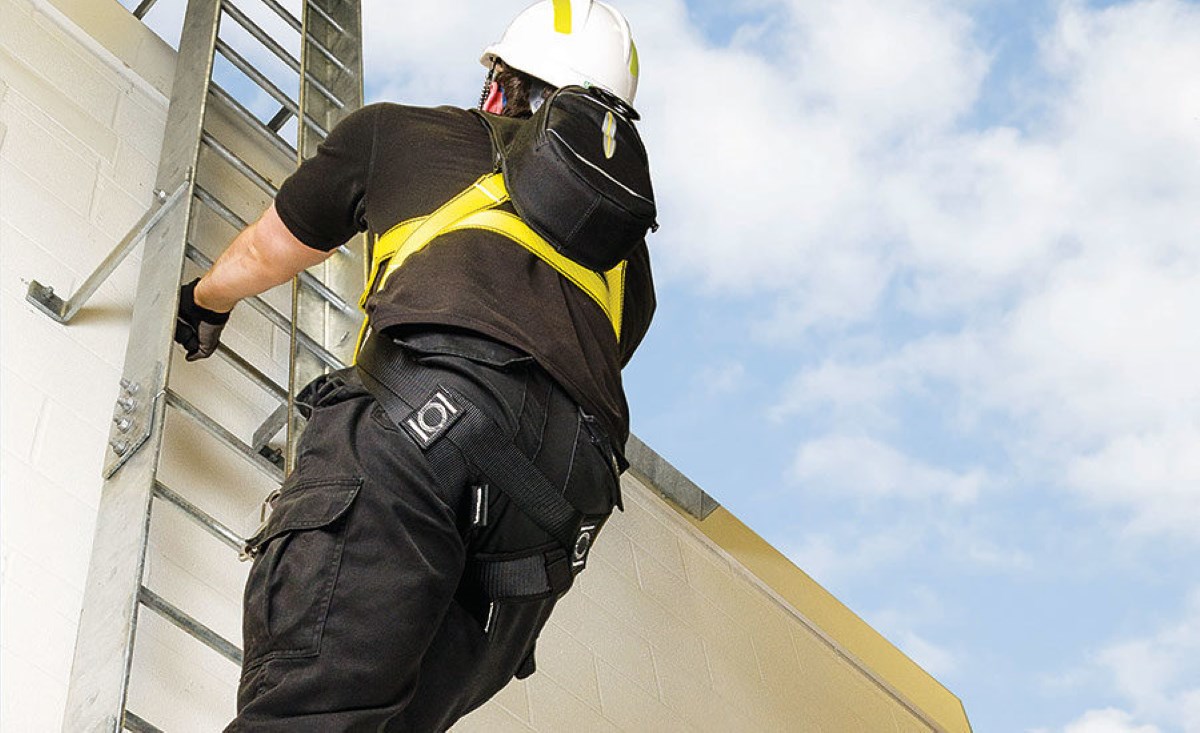
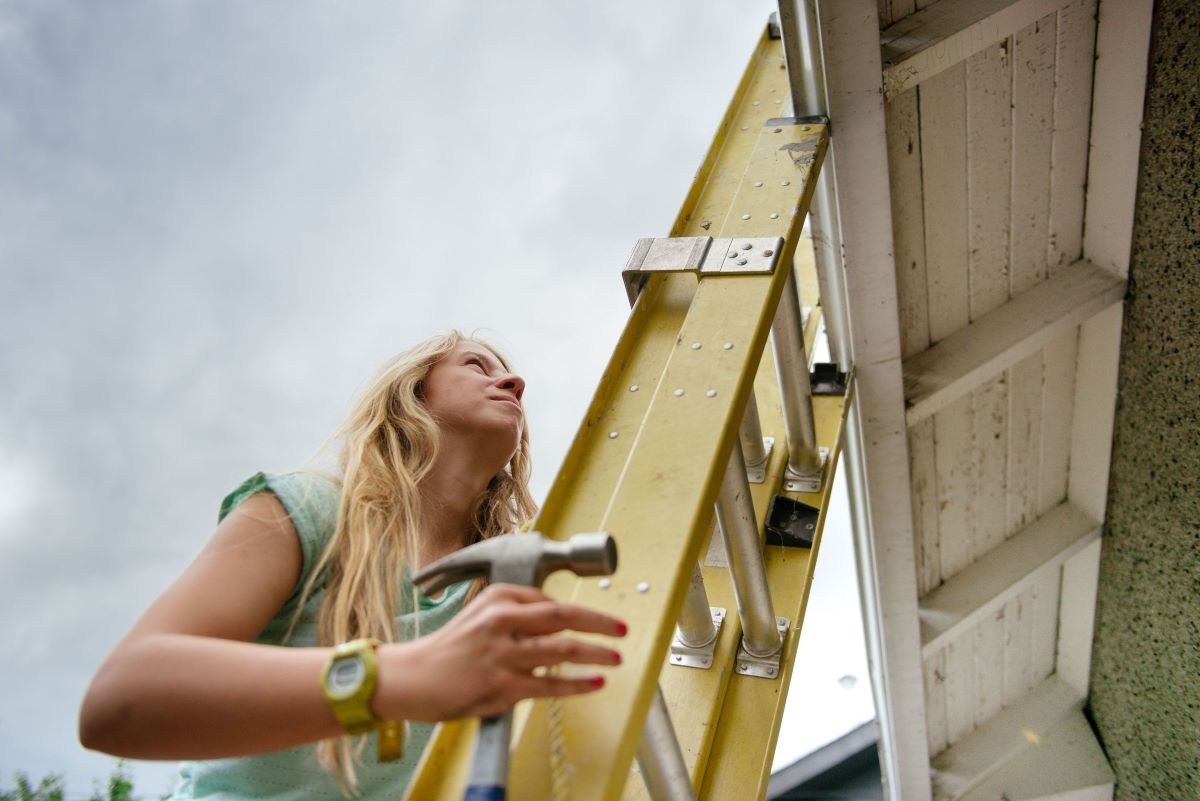
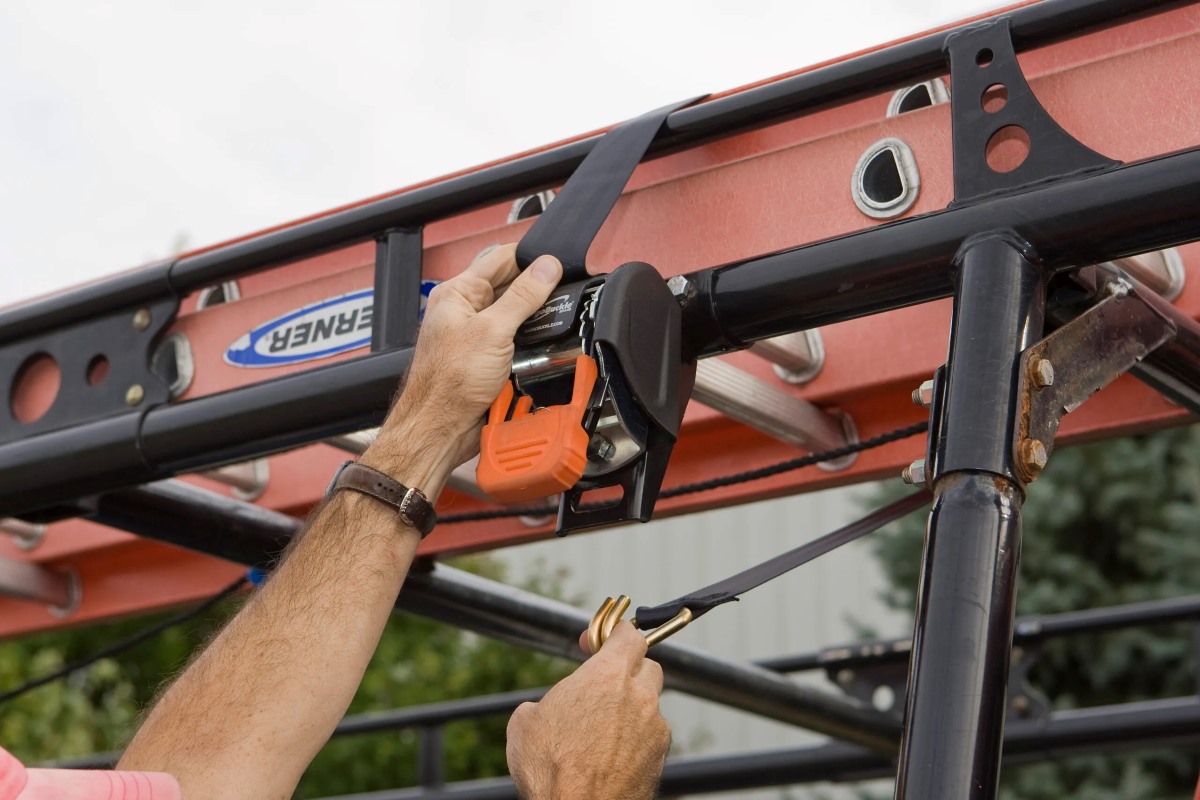
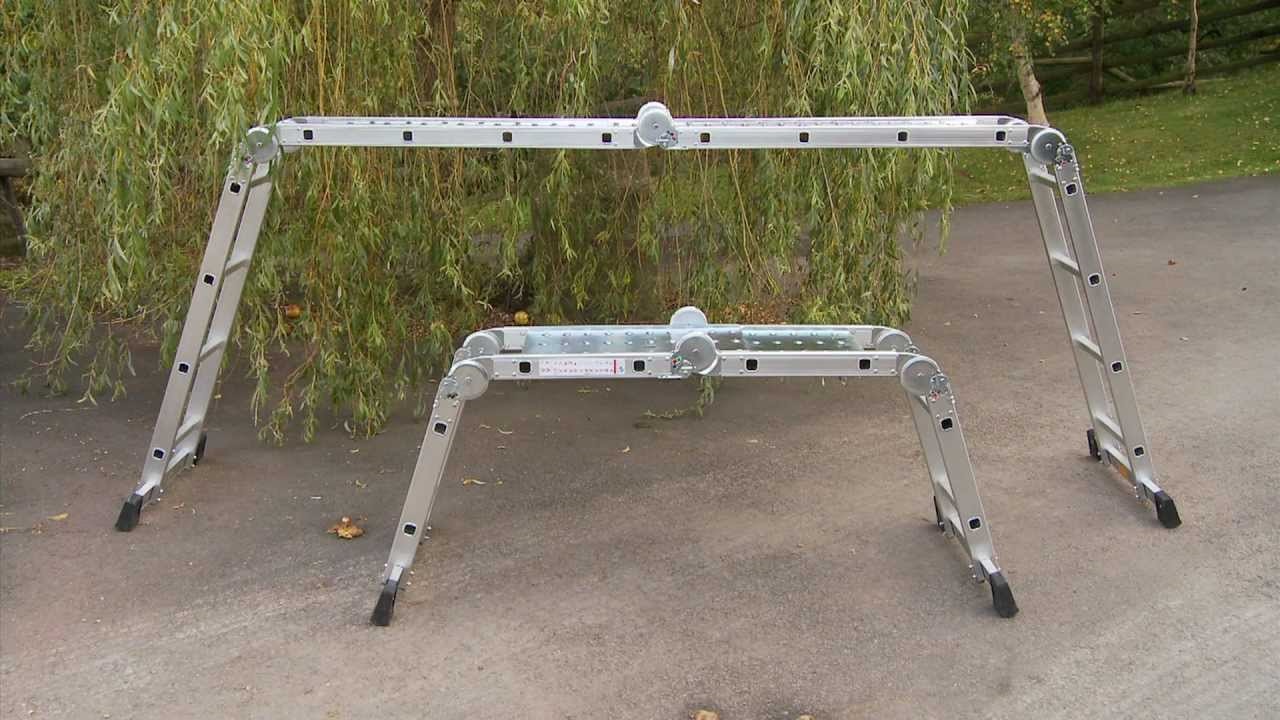
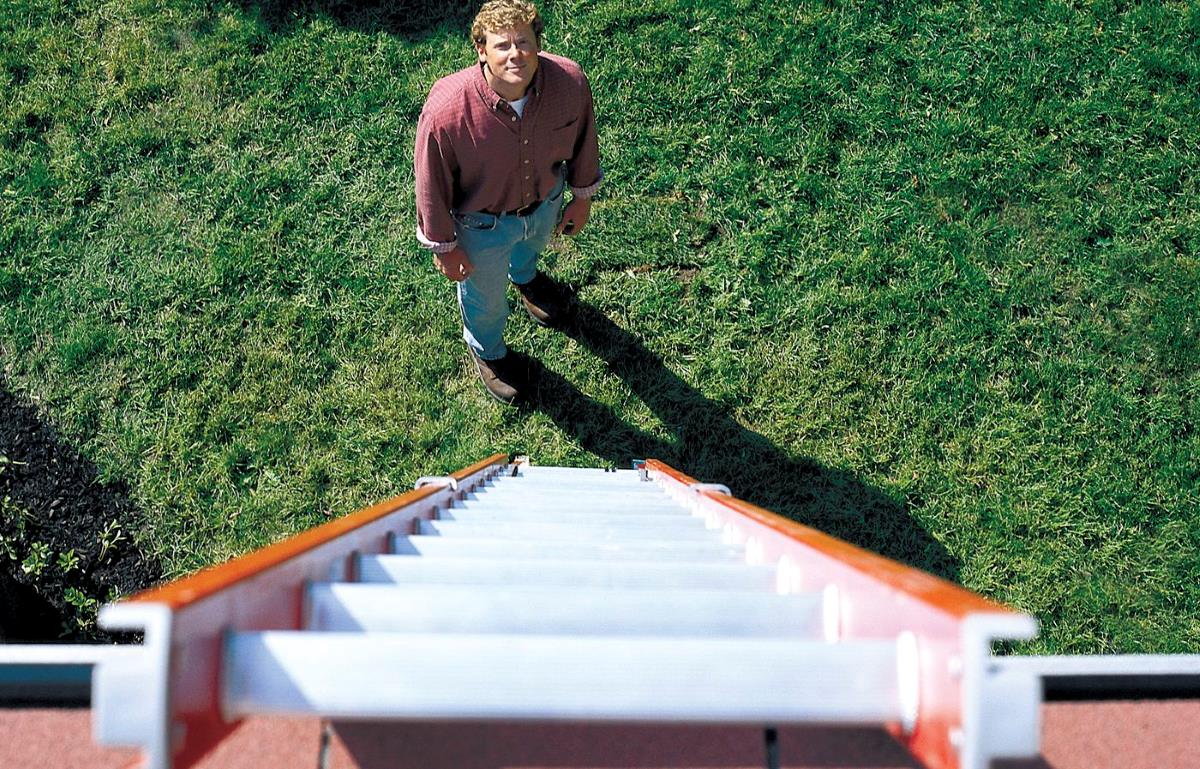
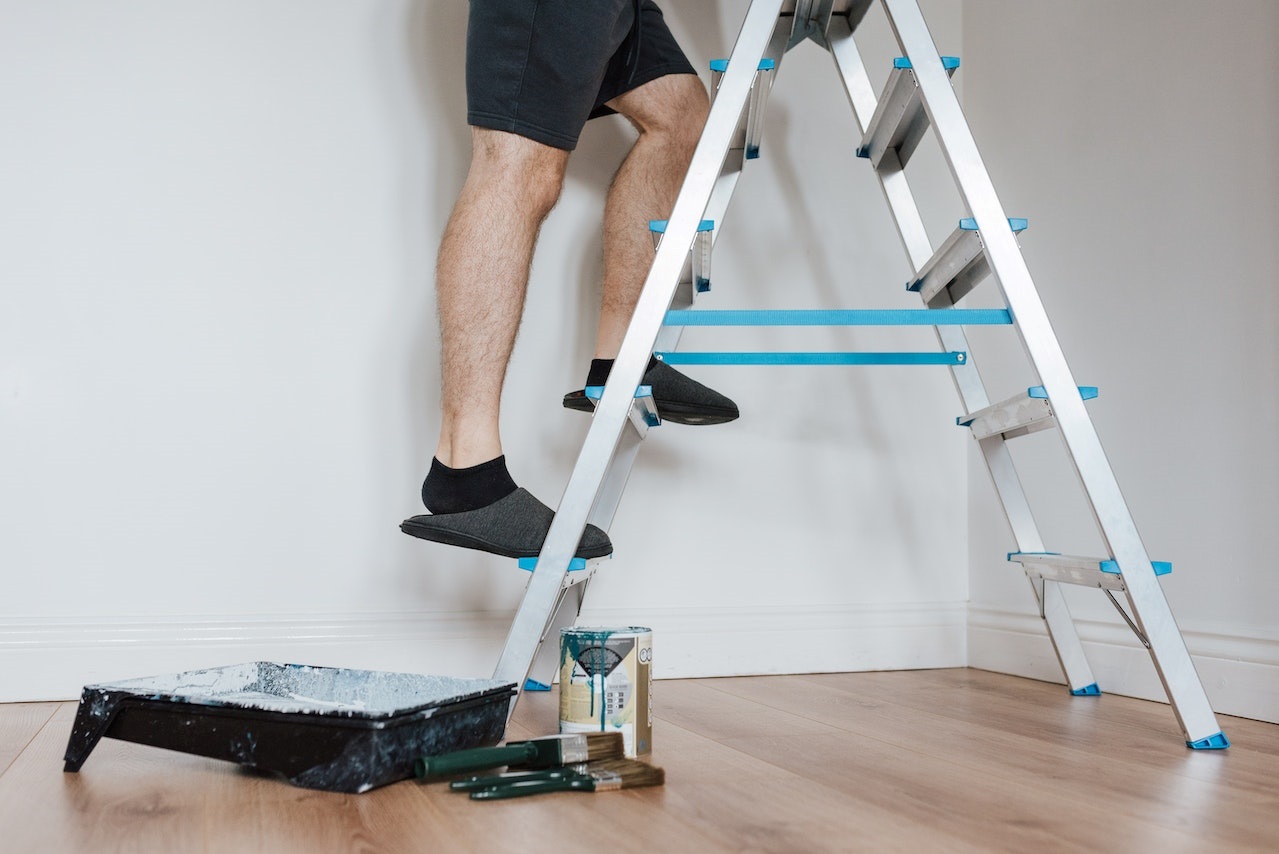
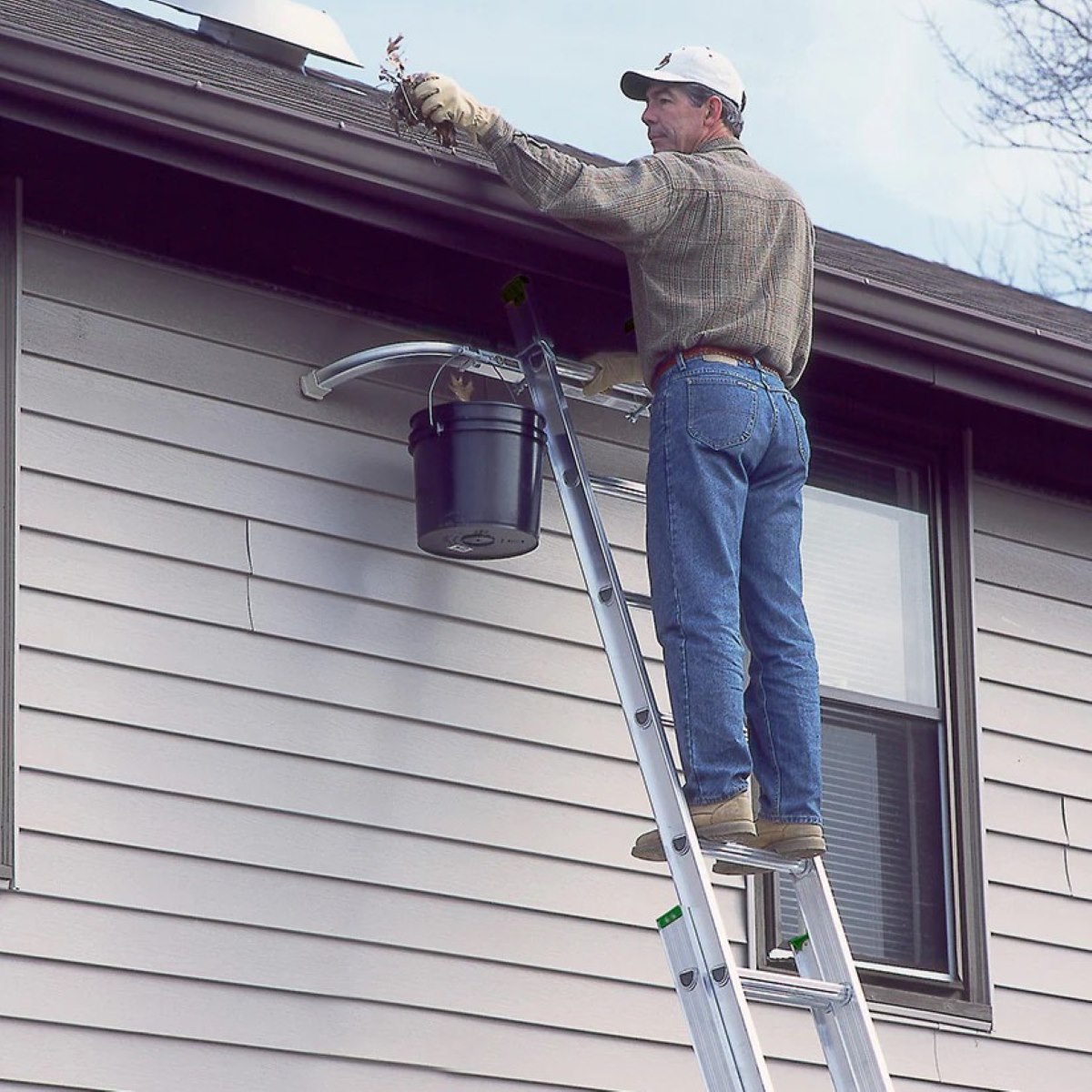
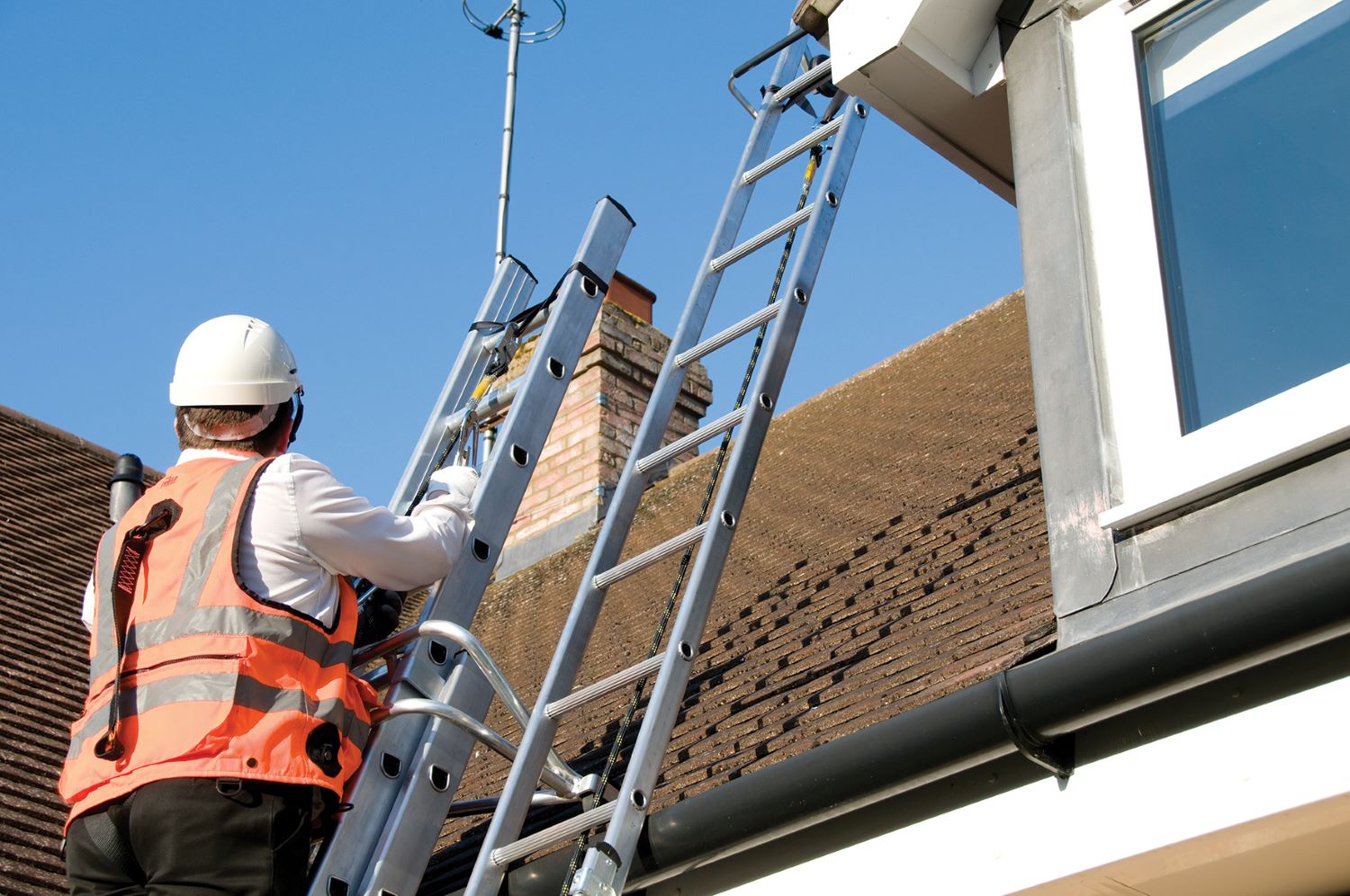
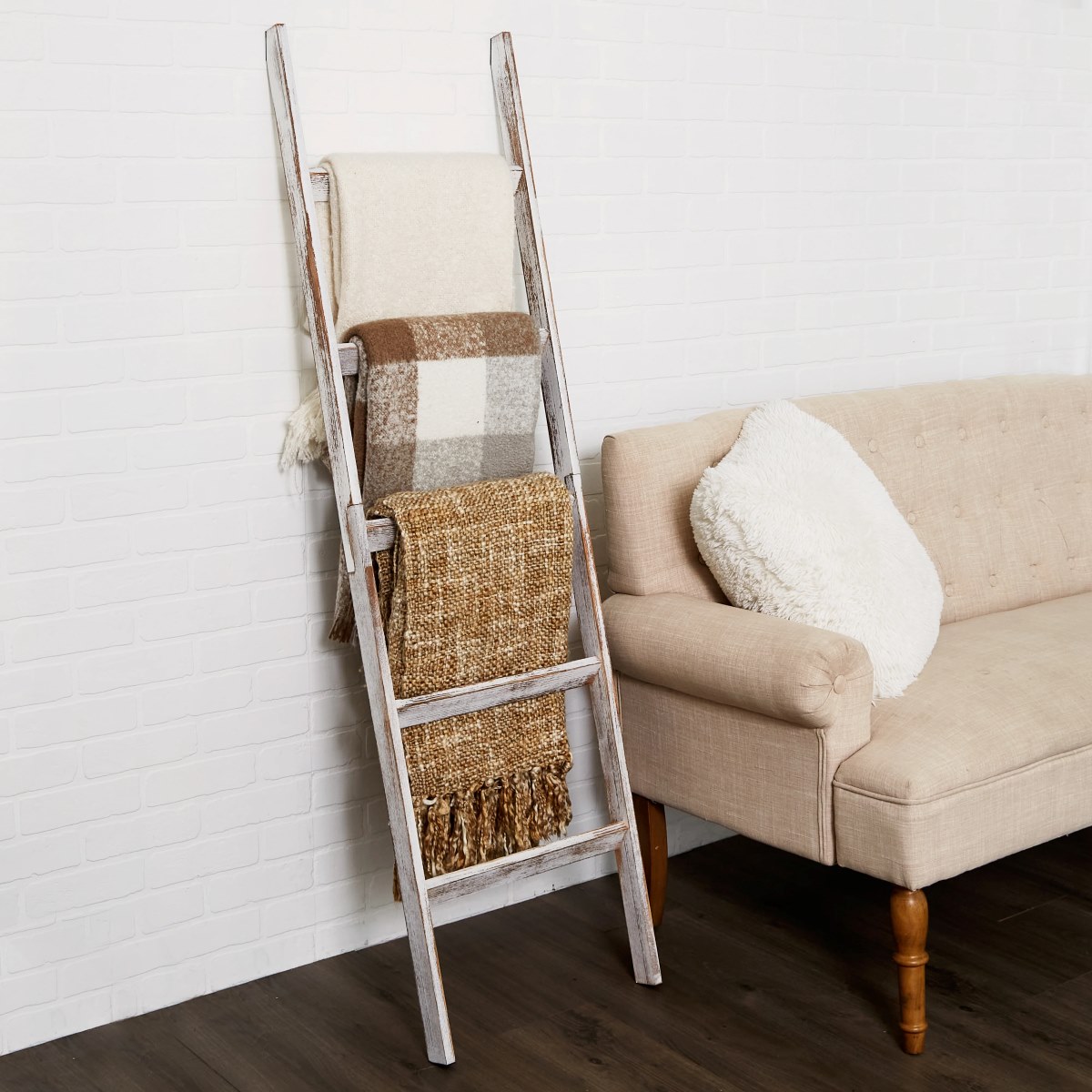
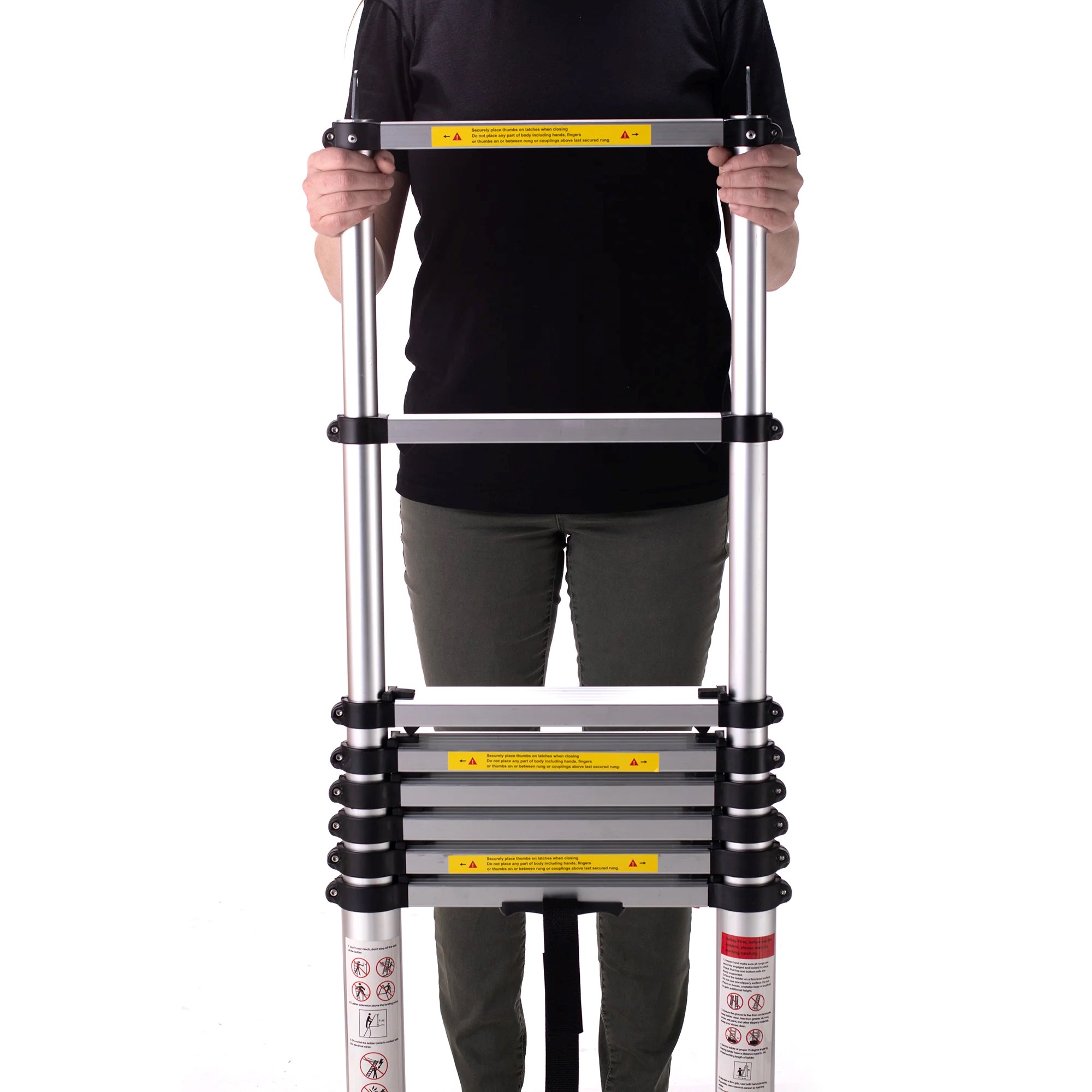

0 thoughts on “How To Descend A Roof Using A Ladder”